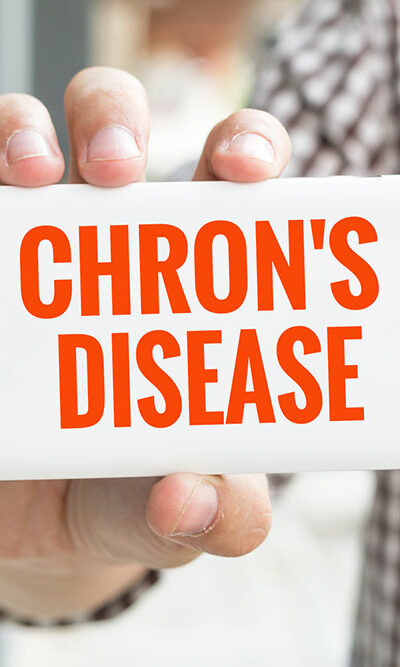
Foods to avoid to help prevent Parkinson’s
Parkinson’s disease is a neurological condition that leads to impaired movement. Symptoms vary by individual, but they typically include muscle spasms, tremors, and muscle soreness. There is no cure, but one can manage the condition by making changes to overall meal plans. While some foods, like fruits and vegetables, can help with symptoms, others should be avoided to maintain overall health. Thus, here are some foods to avoid to help prevent developing Parkinson’s. Foods to avoid to help prevent Parkinson’s disease Processed food Processed foods, such as canned goods, sodas, cereals, chips, sweets, and cakes, have been linked to increased symptoms of the condition. Parkinson’s disease frequently causes symptoms such as swallowing, speech, and odor problems. Processed foods only exacerbate these issues, making it vital to avoid them. Dairy products Drinking milk and having dairy products regularly may increase the chances of developing this condition; it may also hasten the progress. Thus, it is better to stay away from significant amounts of dairy items. Sausages Protein is essential for good health, but processed meats like sausages can weaken the immune system and raise blood pressure and cholesterol levels. Instead of cured meats like sausages and hams, one should eat fatty fish, skinless chicken, turkey breast, and various plant-based types of meat. Steamed bag of vegetables While vegetables are safe to eat, steamed bagged vegetables contain a chemical called bisphenol A, which, when heated, can leach into the food, causing severe a flare-up of symptoms. To avoid exposure to dangerous chemicals, choose fresh vegetables and frozen items not packed in microwave steam bags. Pasta and bread White flour, used in bread and pasta, can disrupt the digestive system’s normal operation. These foods are rich in unhealthy carbs and sugar, which weaken muscles and impair the brain, potentially worsening Parkinson’s. White flour pasta and bread can be replaced with brown rice, lettuce, leafy greens, and cauliflower.










